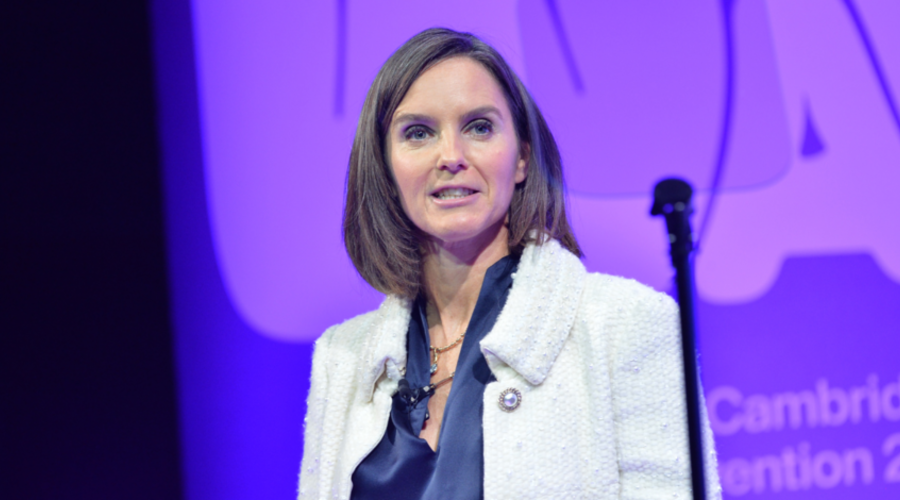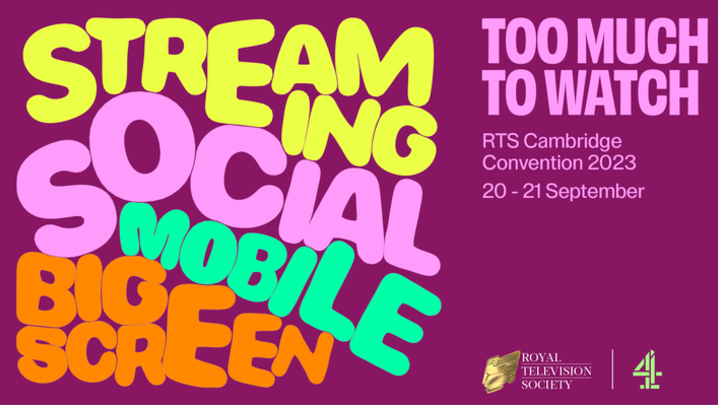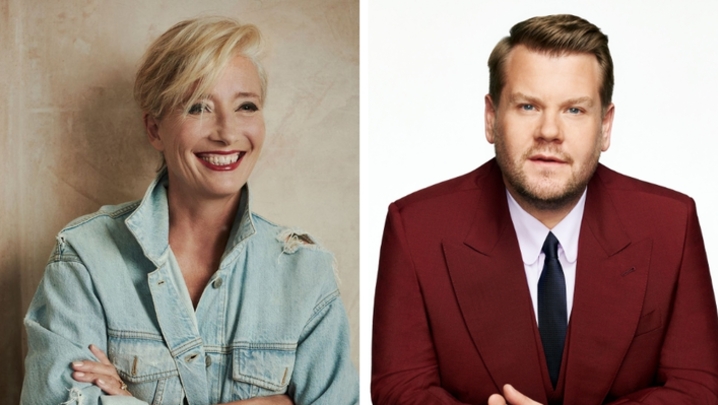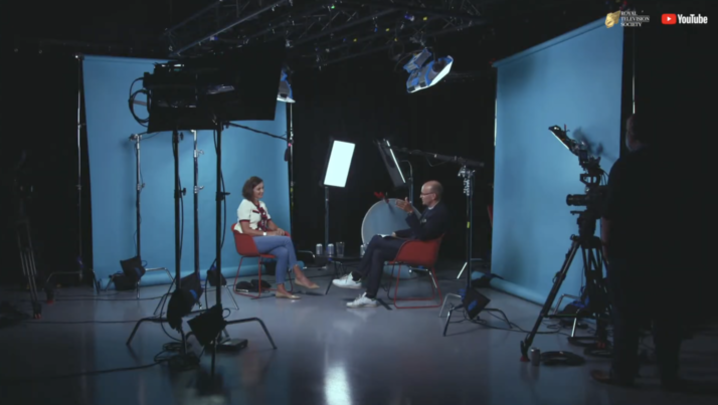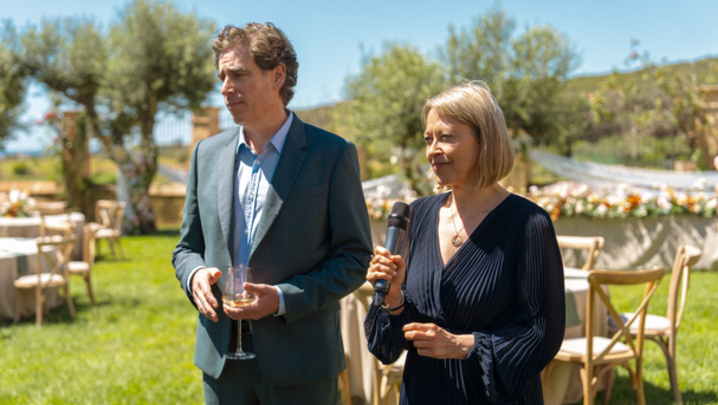Read Channel 4 CEO and Convention Chair Alex Mahon's opening speech for the RTS Cambridge Convention 2023.
"Five months ago the Channel 4 team set out to determine what the new ‘video day’ for consumers is really made of, with an original research project. I will talk a little about what we did and what we found and then some experts will join me on stage to help interpret our research.
To make sure we were properly prepared for this RTS discussion, we set ourselves some harder questions than just ‘what is the video day?’:
- Why has video grown so much that it now absorbs people more than five hours a day?
- How do types of content make people feel and what are their emotional reactions?
- What benefits do they get from watching?
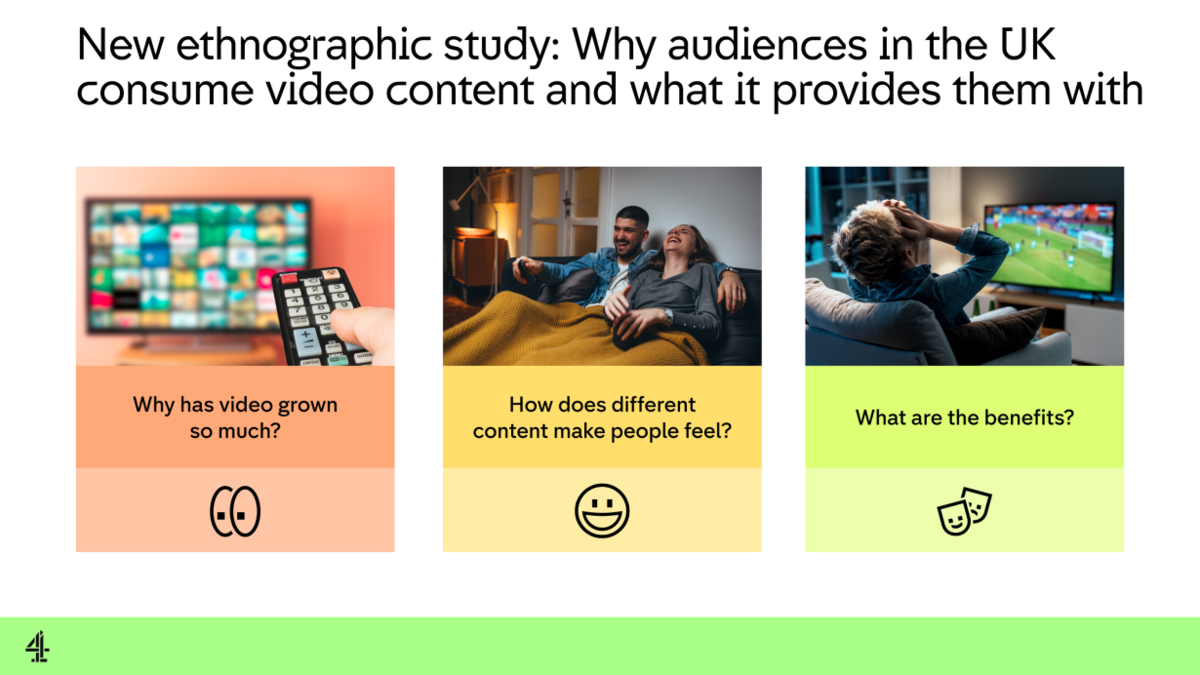
To do all this, we studied patterns of consumption with people representing different cohorts and communities across the UK. We monitored and interviewed them about their feelings and we worked with behavioural psychologists to understand their motivations. We even deprived them of video and monitored their ability to cope.
Then we merged it all with BARB data to produce new insights into how British people watch video in 2023.

So, first, the headlines:
People watch over five hours per day and the video day is lengthening – short-form viewing has piled on to long-form viewing, and gaming has piled in on top of both.
Video is the default leisure activity for most people in the UK. Our main motivation-to-view is to change our mindsets – sometimes to quicken our pulses, sometimes to slow ourselves down and relax.
Short-form is 25% of total video for older people; and a whopping 45% for the younger demos.
And, you may or may not be surprised to learn, we aren’t actually happy about all of this video. In Britain, consumers feel anxious about video overload. But it is absolutely vital to understand that such anxiety is caused only by certain types of viewing.
We have classified video into four types, based on how people use them and react to them.

TV-like content appears on all long-form platforms and consumers will watch it anywhere. They watch it to relax.
There is a set of content that is completely about passions, hobbies and interest areas and is very purposeful.
Then there is the practical – helping people to do something – informing, educating, inspiring.
And finally the doom-scroll, the time-filling.
It is worth highlighting here that YouTube appears in many places. It fulfils many consumption demands and patterns: passion; purpose; expertise; information; and traditional long-form.

Viewers worry about the pervasiveness and ubiquity of a certain type of video content. Our research shows that many people associate their short-form social-media consumption with feeling a lack of control. Their decision to seek an occupation for their downtime is conscious and intentional, but that does not apply to the specific content they subsequently consume, for the simple reason that it is algorithmically-served rather than selected.
When the algorithm is in charge, people say they feel emotionally out of control – the immediate dopamine-hit fades rapidly and they are left feeling empty. They report a sense that their lives have been encroached upon. This is evidence that conscious, human, editorial curation of long form video, gives a positive advantage to our industry.

We shouldn’t paint all shortform video and social media viewing as negative though. The research shows that where shortform is intentionally sought out and when it serves a purpose, then the pay-off is much more positive.
Importantly, the experience of short-form has resulted in people appreciating long-form more. They know that they use it to relax and calm down. It creates a positive mindset and they see this kind of video as more controlled – more their own choice; more the result of careful and intentional decision-making. That adds to the sense that what they are doing serves their own agenda.
Equally valuable to us is that people welcome the fact that TV content is often watched with others, bringing a sense of community and a cultural connection.
And I should stress that while these effects do hold true whether people are viewing on a TV player, on an SVOD or on YouTube, there is still a bonus for PSBs.
Because our research found that British audiences also welcome the unique bits that PSB brings – not least that they know these are programmes made for them particularly, with care – made under the scrutiny of organisations who they trust.
Of course, we now know from BARB how all longform viewing compares.
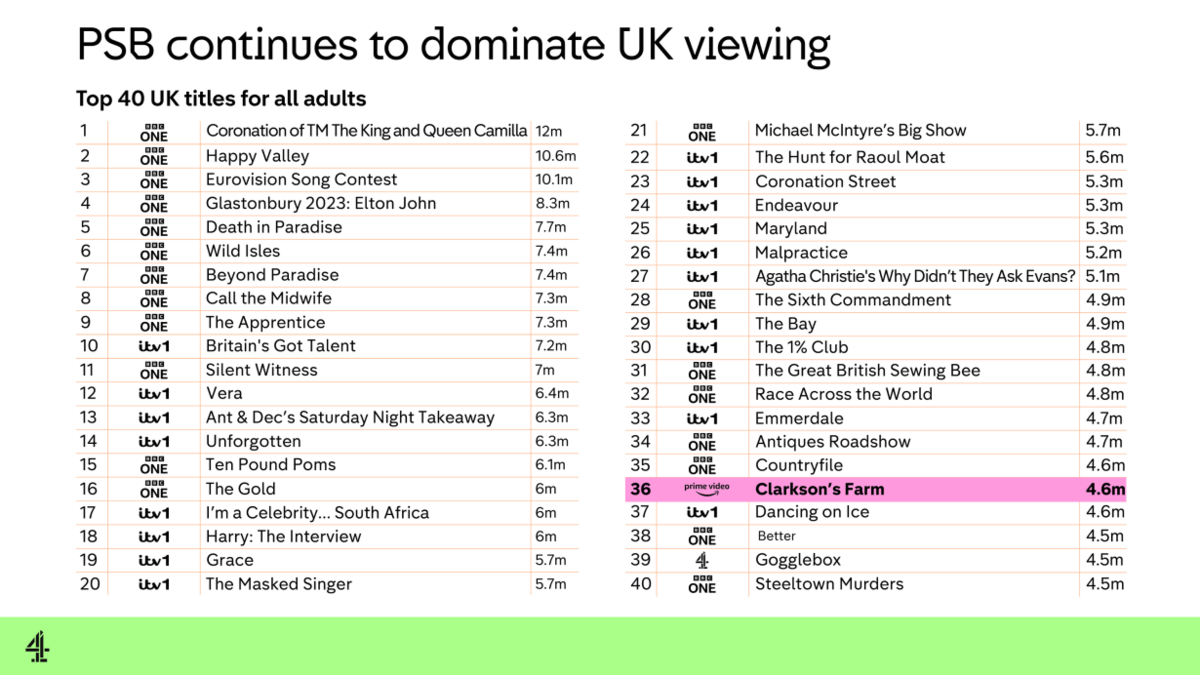
In the Top 40 shows of last year, there’s only one streamer show – and that was based on talent developed by PSB.
The underestimated strength of TV was particularly illustrated in the deprivation exercise we ran. When we asked our 32 volunteers not to watch video content at all for one full day, they were offered one ‘cheat’ occasion.
What did they do? Well, eight did not cheat at all, but of those who did, 14 watched PSB content, which has to be a good sign.
Additionally, PSB plays to that sense of connection to people’s own local, regional or national concerns.
This is all well and good but – and I am afraid this is a big but, if not the big but – we must urgently recognise that those of us who are UK PSBs are sitting on a generational timebomb.

It is universally true that the world in which you have been socialised calibrates your cultural compass. In the Top 40 shows for young people, there are 14 streamer shows.
The brands for young viewers are on different services, they navigate differently. We don’t know yet what that will mean, but it is safe to say there has been much more profound change for them than their parents experienced.

And where are Gen Z building their brand loyalties? Not particularly with PSBs. Young people have a weaker affinity for – and recognition of – the PSB brands. This is both because of their stage in life and also that their age-group has a whole different set of brand priorities. It is what we call a life stage and a cohort effect.
Yet we don’t believe that the inevitable change in the former will be enough to counteract the latter. PSBs would be dangerously complacent to rely on younger viewers naturally migrating to them as they put more candles on their birthday cakes.
In particular with this younger group, we are in a global-versus-local fight, as YouTube and SVODs are able to deploy so much content. That is more pointed in the UK than elsewhere because – through sharing our language with the US – we are more actively competing with all of their content.
Our study shows that British PSB brands are valued by young British people. Let’s not forget, they prefer our content when they can find it (and incidentally, recent figures show that only 10% of Netflix original content watched in the UK is even made in the UK).
But we would all be wrong to think that our young people are waiting for PSB shows. Therefore, we must go hunting for them.
So, wrapping up and before I get the views of my expert group, what should we take from this?
Overall, I think there are two main conclusions: one, we are fighting for our business lives; two, we may be able to win that fight.
People, even young British people, feel a need for what our content can bring them and if we make content they can trust – content that is relevant, that is salient, that is informative – then they want it and value it.
But for young people to find that salient content it must have a ubiquitous prevalence in their video day. They trust our brands, but they simply are not exposed enough to them.
There is a win for us here, commercially as much as socially, if we work creatively to reach young people. And more importantly, that there is a win for young people too.
To do that, though, we will have to change our way of distributing content. It might mean more proactive dating between PSBs and social platforms than we have been pursuing. We might even need some cross-species mating if we really want to succeed.
And without a doubt we need to work together. British PSBs need a united front, a combined effort, to ensure that adequate prominence legislation is passed and passed very soon.
That’s why, through our jointly owned company Everyone TV, we’ve just announced Freely, a service that will ensure broadband-only homes can get free access to live PSB TV, not just VOD, in the streaming age.
Because we need to be sure that valuable and valued British content, which we believe is already relevant to our young people, is also prevalent for them. We can’t expect them to happen upon it when there is simply ‘Too Much to Watch’.
Thanks for listening and I am now going to ask our experts to come and help me find more answers as we wait for Parliament to give us the change we need."
Alex Mahon, CEO of Channel 4 and Convention Chair - RTS Cambridge Convention 2023, with Principal Sponsor Channel 4


